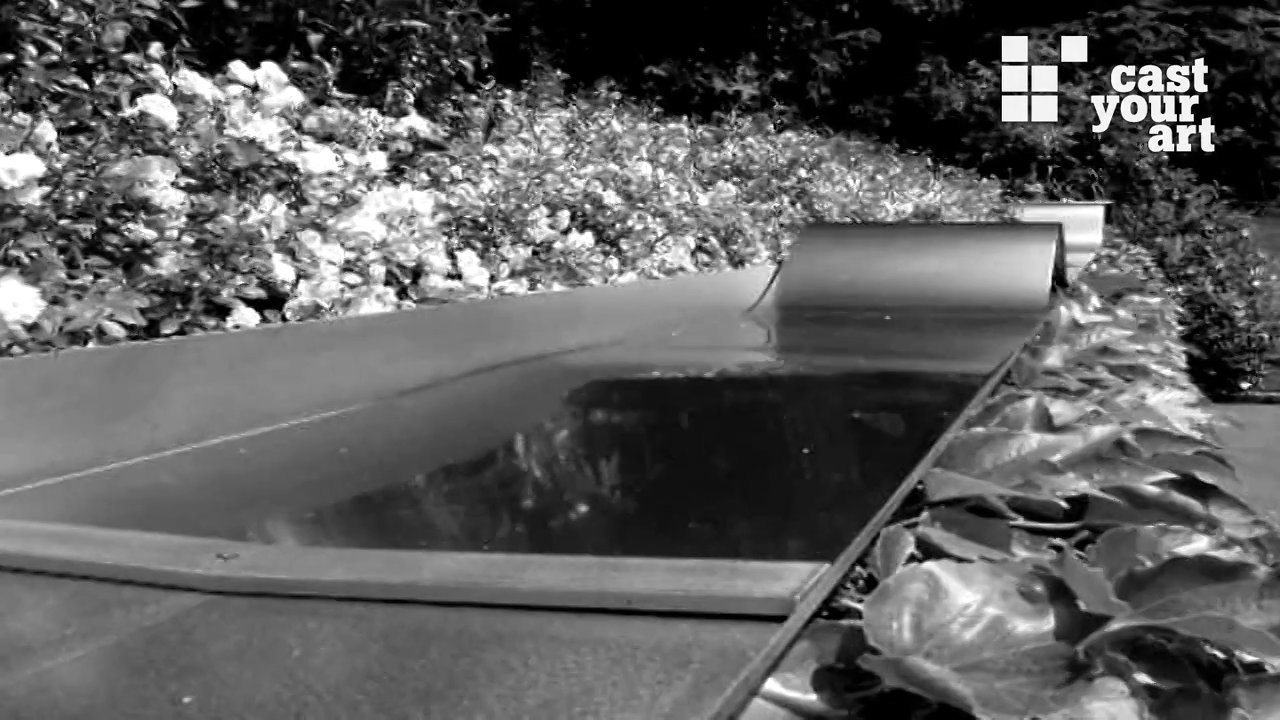Frida Kahlo - PAINting
Frida Kahlo’s work oscillates between self stylizing and radical authenticity, relentlessly facing the question of her female identity and at the same time touching the search for identity of an entire nation.
Kahlo's Retrospektive can be seen at the Bank Austria Kunstforum from 9.09.2010 till 5.12.2010.
When André Breton, during a visit to Mexico in 1938, thought having discovered the surrealist counterpart to the European avant-garde of his time in Frida Kahlo’s work, she briskly deemed her own painting anything but an escape. “I never painted dreams. What I painted was my reality.” To this, the Mexican writer Carlos Fuentes stated in one of his essays: “Frida Kahlo reminds us permanently that the matter used by the French surrealists to make a system was always everyday reality in Latin America, part of the cultural stream, a spontaneous fusion of myth and actuality, dream and waking, reason and fantasy.”
Surrealism was marked by a revolutionary anarchistic conception of art and searched for a new unburdened reality within the unconscious. In the Mexico of the 1920ies everything was about renovation as well, as the longstanding dictatorship had finally found an end after the Mexican revolution. However, reflections on concepts of art theory were not Frida Kahlo’s most pressing concern. She had created her own important world, which was neither defined academically nor politically. After a serious bus accident she discovered painting for herself and used it to overcome the loneliness overwhelming her at times, caused by consequential health damages. At the beginning she mostly painted her family, her friends and acquaintances, often giving away her paintings in order not to be forgotten.
After she gradually began to ascertain herself as an artist in her own right by the end of the 1930ies, she produced a series of self-portraits that represent the highlights of her painting today.
There we see Frida Kahlo as an unassuming, if lightly flirtatious but always proud character, protecting herself with traditional Mexican attributes as it were. Even her most intimate experiences would not be spared from her self-assertion. She consequently painted the miscarriage she had suffered in the form of a votive image, as well as a woman injured by stab wounds in a world of machismo and the absence of women’s rights. Frida Kahlo is the first female painter in art history who radically focused on subjects of femininity.
Nevertheless, the partially perturbing contents of her works were not really meant to shock but rather to depict, to remember, to appreciate and to place matters into the center of attention that were until then private and only attributed to women. But they are also subjects coming from a world that does not equate death with taboo, and which would call a self-confident shorthaired girl “la pelona”, baldheaded.
As she once noted in her diary, Frida had in fact two accidents: “One happened when I got run over by a streetcar, the other is Diego.”
At the age of 19 she married Diego Rivera, already famous for his large-sized mural paintings; he would become her lifelong companion despite a short separation due to his countless affairs. She subscribed to his communist ideology and through him soon found contacts to the avant-garde of the time as well as to friends and sponsors, so cherished by her throughout her life. By consistently dressing up in traditional Mexican costumes and abundantly wearing handmade regional jewelry she attained a magical and iconic charisma, rather compared to a circus performer by children in the streets of New York.
Insofar, from today’s viewpoint her political attitude was her private performance, in which she proudly displayed her indigenous heritage and thus became a living symbol of the newly arising Mexican self-confidence in the 1920ies.
Never over-zealous, always with humor and some self-mockery, she painted until the end of her 47 years of life, at the end hallucinating and under the influence of alcohol, as her last pictures indicate that were rediscovered only recently.
Her conscience of death also found expression in the still lifes of her last creative years. Overripe fruit and hints at decaying fruit pulp are combined with little hidden anecdotes. There are even traceably encrypted self-portraits to be discovered in two coconuts: Frida, weeping, and Diego, superior and withdrawn.
After her death in 1954 initially things have gone quiet around her. Her first rediscovery happened in the feminist movement that saw a projection figure of patriarchal suppression in her. But the recognition she enjoys today does not need the male counterpart as initiator and origin of her feelings and her art anymore. Her painting is rather a self chosen colorful sensuality, dedicated to life and not to moaning. Shortly before her death she noted in her diary: “I hope the end will be cheerful and I wish never to come back.”
Das könnte Sie auch interessieren

Why Drawing Now - Chloe Piene at the Albertina Museum
30. November 2015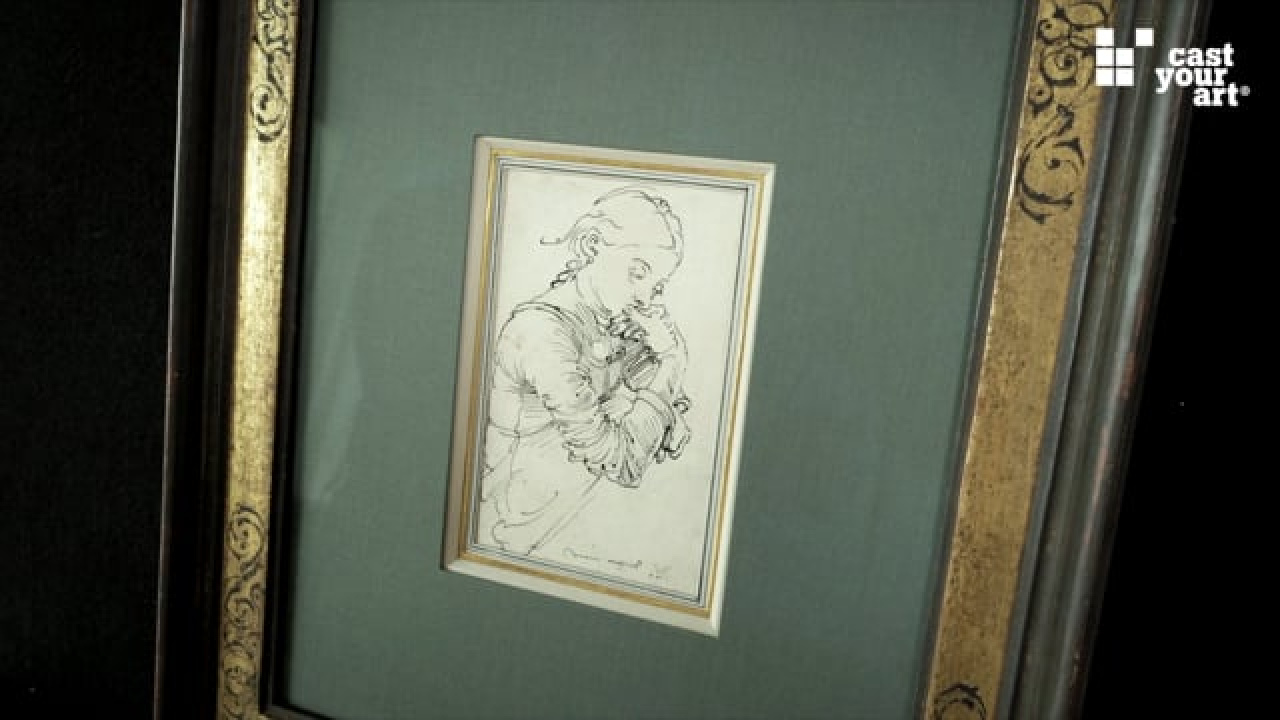
WAS SIE SCHON IMMER ÜBER DÜRER WISSEN WOLLTEN. Teil 3. "Mein Agnes" oder Frau Dürer
19. July 2021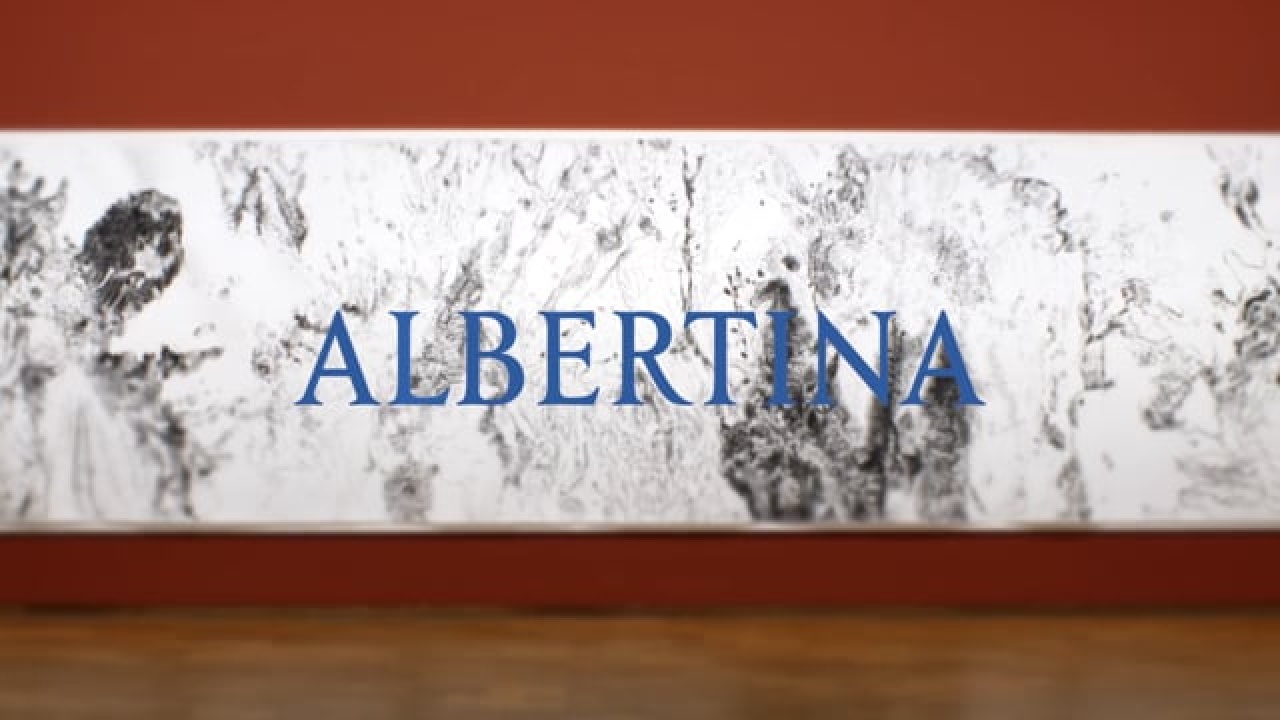
MAX WEILER. Die Schenkung im Albertina Museum
22. January 2018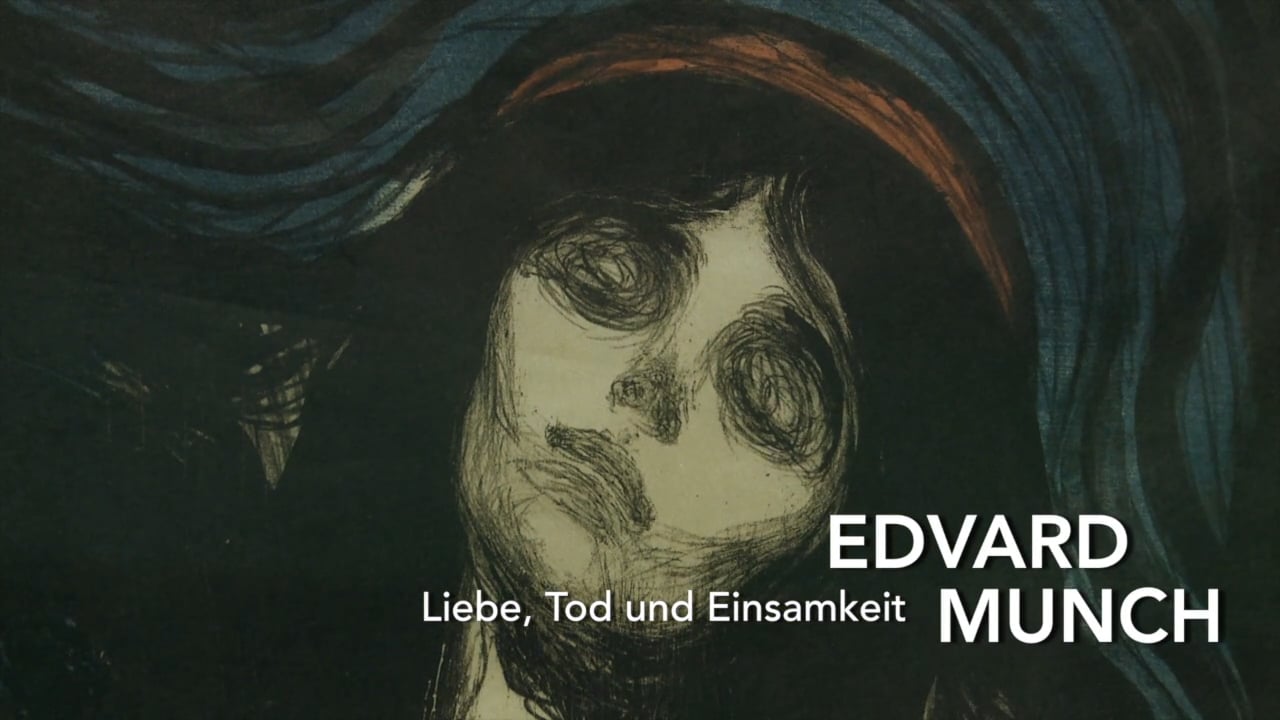
Edvard Munch - Love, Death, and Loneliness
7. October 2015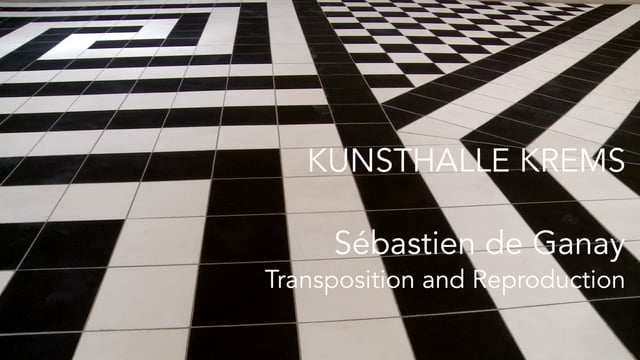
Sébastien de Ganay - Transposition and Reproduction (en)
18. July 2017
Jürgen Messensee - Realities
14. September 2013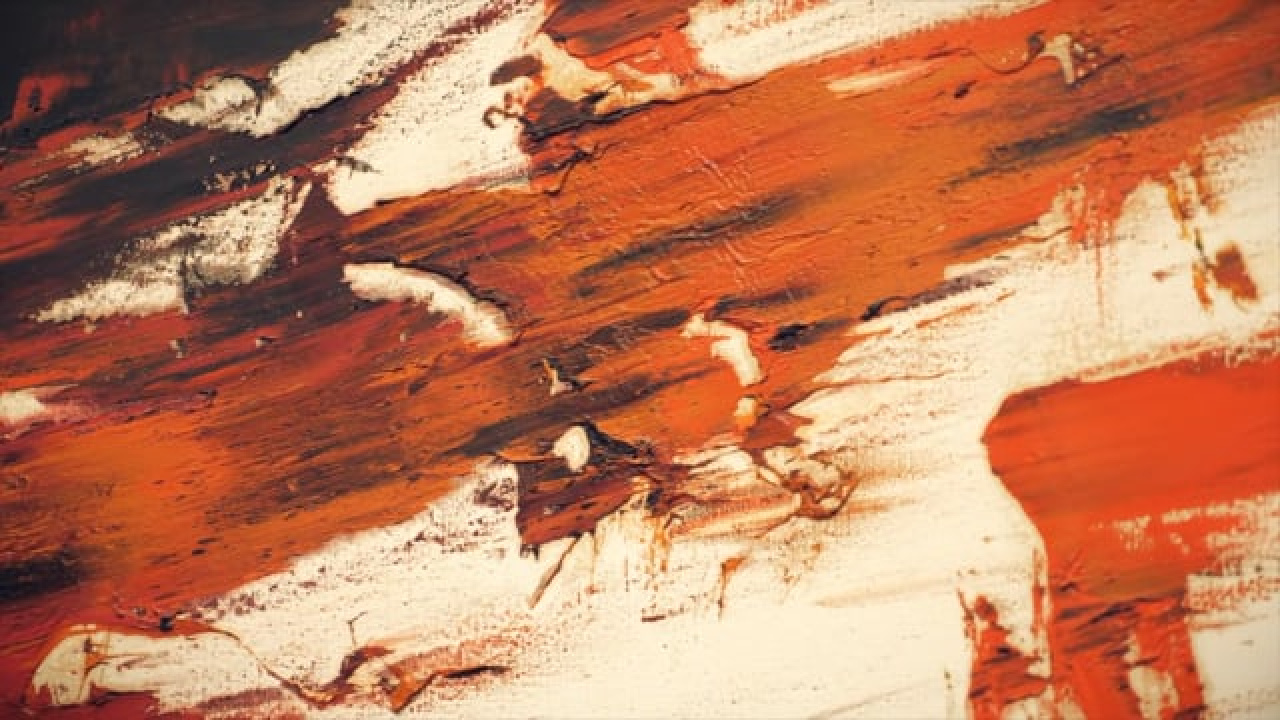
WAYS OF FREEDOM. Jackson Pollock to Maria Lassnig at the Albertina. Part 2
16. November 2022